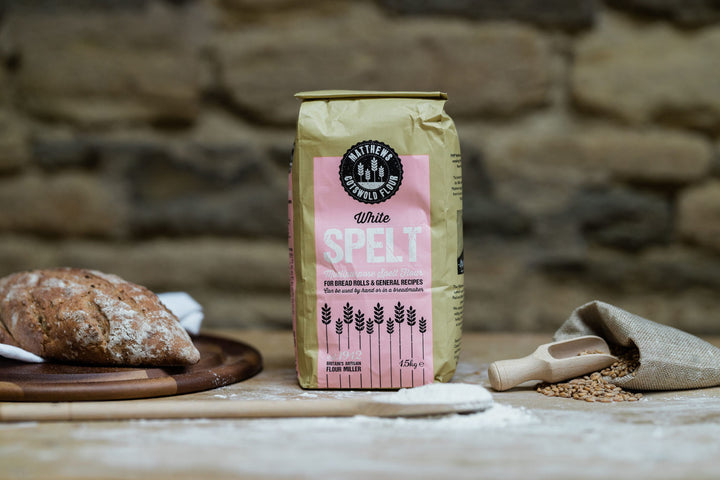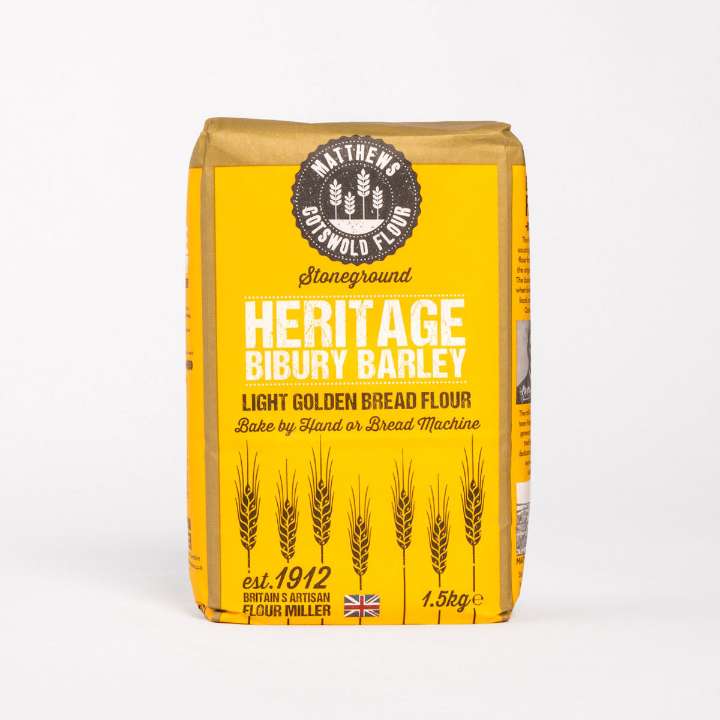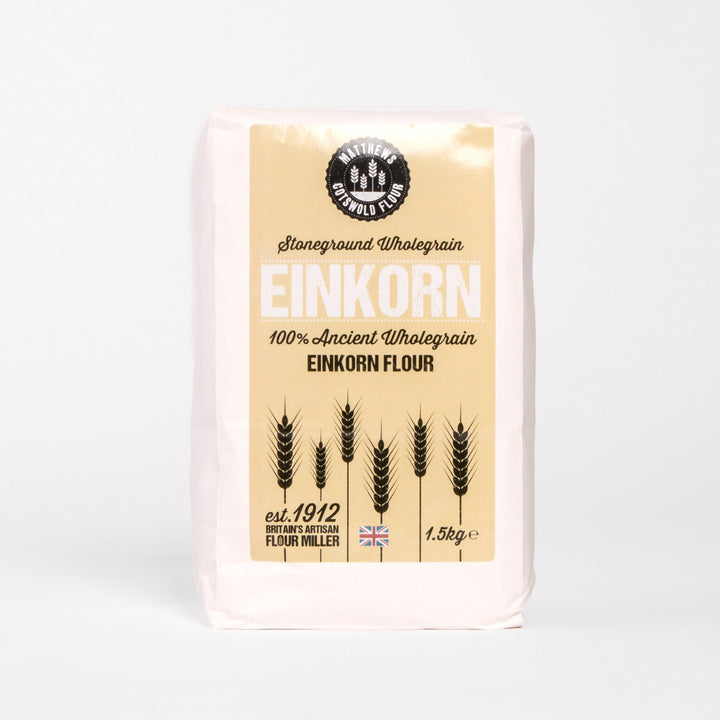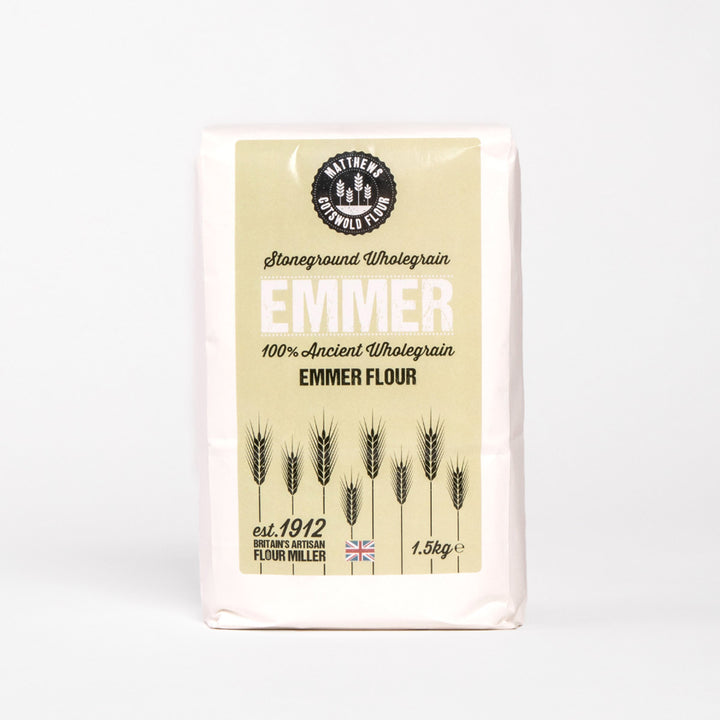Spelt flour: Important nutrition facts you should know

Spelt has a tougher husk, which helps protect the nutrients inside the grain. Flour made from spelt has a nutty and slightly sweet flavour and the flour can be used in most recipes that contain regular or whole-wheat flour. Spelt has nutritional benefits similar to other whole-grain flours. Spelt is an excellent source of fiber and micronutrients such as calcium and vitamin E.
 You can use spelt flour to make crackers, cookies, pasta, and other snacks and foods.
You can use spelt flour to make crackers, cookies, pasta, and other snacks and foods.
Important spelt flour nutrition facts
These facts are based on 1/4 cup (30 grams) raw spelt flour and the source of the information is from USDA.
- Calories: 110
- Fat: 0.5g
- Sodium: 0mg
- Carbohydrates: 22g
- Fiber: 4g
- Sugars: 0g
- Protein: 5g
Carbs
A majority of calories in spelt flour is from carbohydrates (about 22 grams in 1/4 cup of flour). The carbohydrate in spelt flour comes in the form of fiber (4 grams) and starch. There are no naturally occurring or added sugars in spelt flour.
The glycemic index of spelt flour is estimated to be 55 to 67, according to The Diabetes Council, which means spelt flour has a moderate effect on blood sugar levels. It has a slightly lower glycemic index compared to whole wheat, buckwheat, corn, and millet flours. Bread made with spelt flour has a similar glycemic index to bread made with white flour.
Fats
A single serving only has less than a gram of fat.
Protein
Spelt flour isn’t a high protein food, but a single serving does improve your protein intake slightly. 5 grams per 1/4 cup serving of flour or 3 grams in a slice of bread made from spelt flour.
Vitamins and minerals
Spelt is an excellent source of calcium, magnesium, selenium, zinc, iron, and manganese. It has vitamin E and B-complex vitamins.
Health benefits
Eating spelt flour and spelt products is a great way to include whole grain fiber into your diet. Spelt grains and flour contain a little more protein than regular wheat, and there’s a little difference in the amounts of some of the minerals. They have about the same amount of fiber.
Gain fiber
Fiber is essential for a healthy digestive system and consuming fiber-rich foods can slow down the absorption of sugars. The reason is that fiber can help you feel full longer so by consuming more fiber-rich foods, you’re more likely to consume fewer sugar-filled food products.
One study of thousands of American kids and adults found that those who consumed more whole grains also consumed more nutrients overall and had a healthier body weight.
Improves gut microbiome
The fiber and other compounds in whole grains can contribute to the health of the bacteria in the digestive system. This consumption helps reduce inflammation in the body and contributes to digestive health as well as weight loss and management.
Regulates blood sugar
Research has shown that people who eat whole grains rather than refined grains have a lower risk of diabetes.
Decreases risk of heart attack
A diet rich in whole grains has been linked to better cardiovascular health. A Danish study published in 2016 discovered that people who ate more whole grains had a lower risk of heart attacks. The study encompassed more than 50,000 adults ages 50 to 64. Another earlier meta-analysis also indicated that higher whole grain consumption leads to lower risk of heart disease.
Storage and food safety
Keep spelt flour in an airtight container in a cool, dark place for maximum shelf life. It will keep one to three months at room temperature, or a little longer in the refrigerator. You can also freeze your flour; it will last for up to six months when frozen. If your spelt flour smells rancid, toss it.
Come check out our selection of spelt flour at Matthews Cotswold Flour online shop or commercial sales store!
← Older Post Newer Post →

















